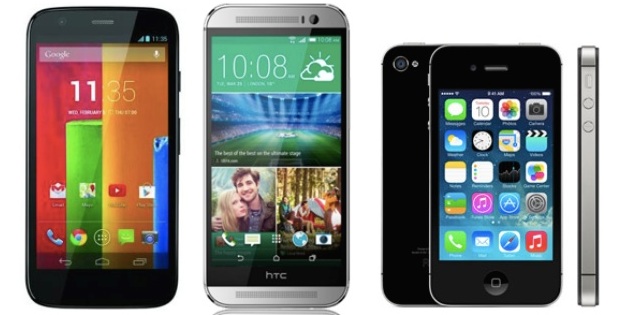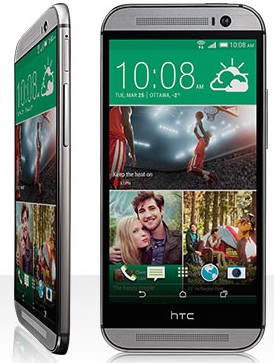
One of the rituals of going back to school these days is choosing a new smartphone. I’m going through it myself as my daughter starts high school. Which smartphone is the best for students? The answer depends on many factors, and ultimately everyone is going to come up with a different pick depending on how much importance they put on things like price or app selection. In this post I’ll walk you through factors you should consider and offer a few contenders as the best smartphone for students.
Hardware and Cost
These two go pretty much hand in hand. Generally speaking, the more current the smartphone hardware, the more expensive it is. The more features or bells and whistles it has, the more expensive it will be.
Decide what you must have —for example a high quality camera, the latest CPU or a biometric sensor— and narrow the list down from there.
Operating System and App Ecosystem

Some people could care less about the operating system used by the smartphone, while others have a strong preference. This will be a big factor in your decision —after all, you can’t run Android on an iPhone.
If you are indifferent about wither the smartphone will run iOS, Android, BB10 or Windows Phone, app availability might be a concern. If you want a huge selection of apps, Android and iOS have the largest app stores. And if there’s a specific app you want, check first to see if there are any platforms where it’s not available.
Integration With Other Tech, Plus Accessories
Not all smartphones are created equal when it comes to integration with other technology or the availability of accessories.
For example, if your student is sporting a Samsung Gear Fit fitness band, you’re going to want to stick with a Samsung smartphone or you’ll run into compatibility issues.
If accessories are your thing, no other smartphones have more customized, third party accessories than Apple’s iPhones. You could easily buy a different case for every day of the year for one of these smartphones.
 Okay, I’ll Suggest a Few Choices…
Okay, I’ll Suggest a Few Choices…
My daughter will be getting an iPhone 4s as her first student smartphone. It’s not the latest and greatest technology, but it runs iOS7 (and will run iOS8 when it’s released) which she’s familiar with from her iPad. There are tons of apps, most of which she can install on the iPad too. It still looks pretty good, that smaller size means it fits well in her hand and the camera takes reasonably good photos.
Perhaps best of all, it’s a no-cost option (on a plan) at many carriers.
If you want an iPhone and don’t mind spending a bit extra, the iPhone 5c is newer and bigger with a faster CPU and offers a brightly coloured shell.
 Motorola’s Moto G is another good choice that’s a zero-down option (you can read Shelagh McNally’s Plug-in review of it here).
Motorola’s Moto G is another good choice that’s a zero-down option (you can read Shelagh McNally’s Plug-in review of it here).
While the Moto G is a bargain, when it comes to Android smartphones I’m a big fan of the HTC One M8. It looks good, feels good, runs Android 4.4 (KitKat) and while it’s up there with the other flagship smartphones in price, it does go on sale occasionally. Oh, and if your student is a music fan, its built-in BoomSound stereo speakers pump out some impressive output for such a compact device and could save you the added expense of a Bluetooth speaker.
When it comes to smartphone shopping, it’s really useful to be able to comparison shop. I mean looking at smartphones side by side to really compare features like their display, checking out accessories, checking prices and looking at various wireless carrier options.
That ability to compare is why something like Best Buy Mobile is a great resource when it comes time to shop for your student’s new smartphone. You get all the hardware, carriers and accessories in one place so you can make the best possible choice, without having to run from store to store.



